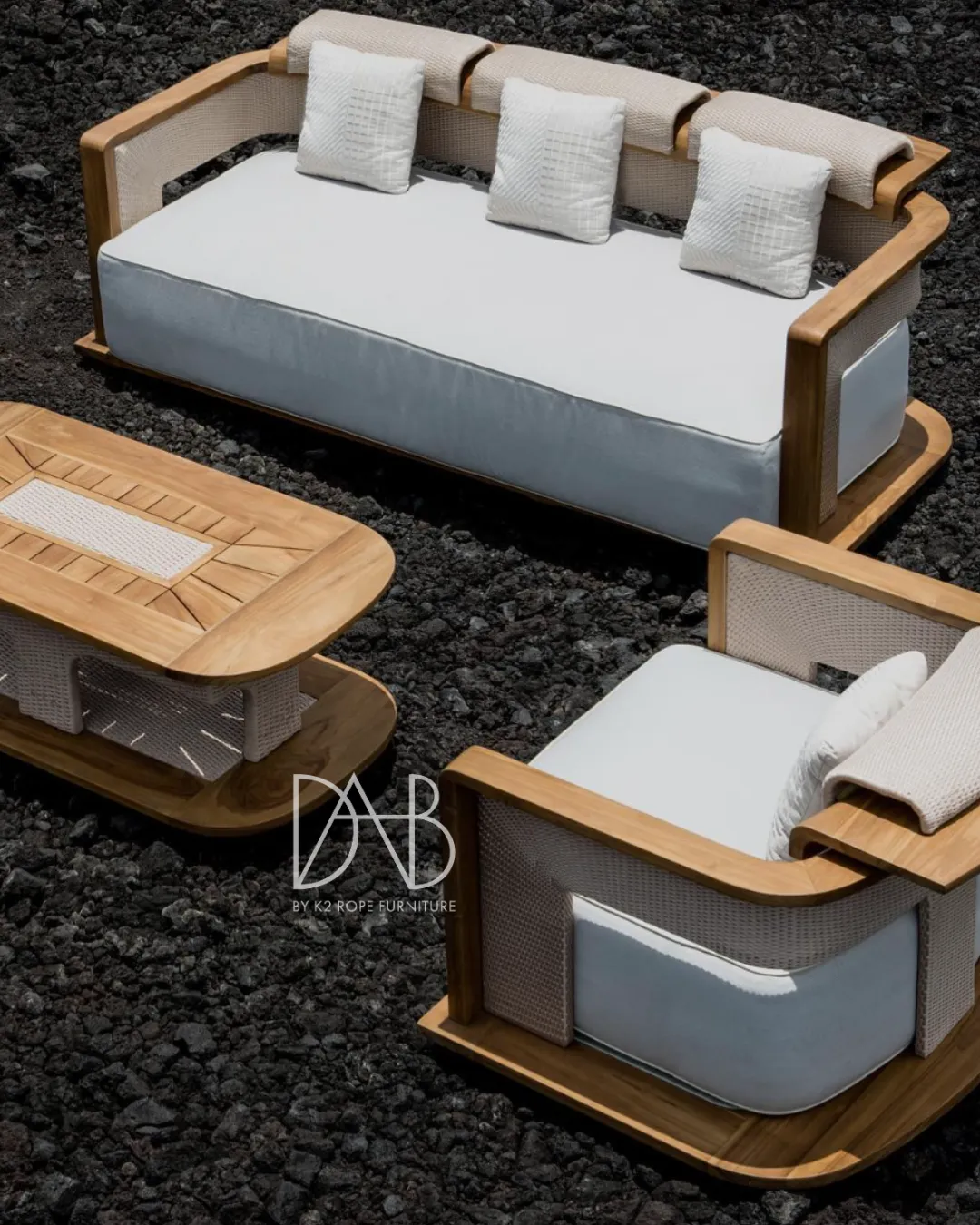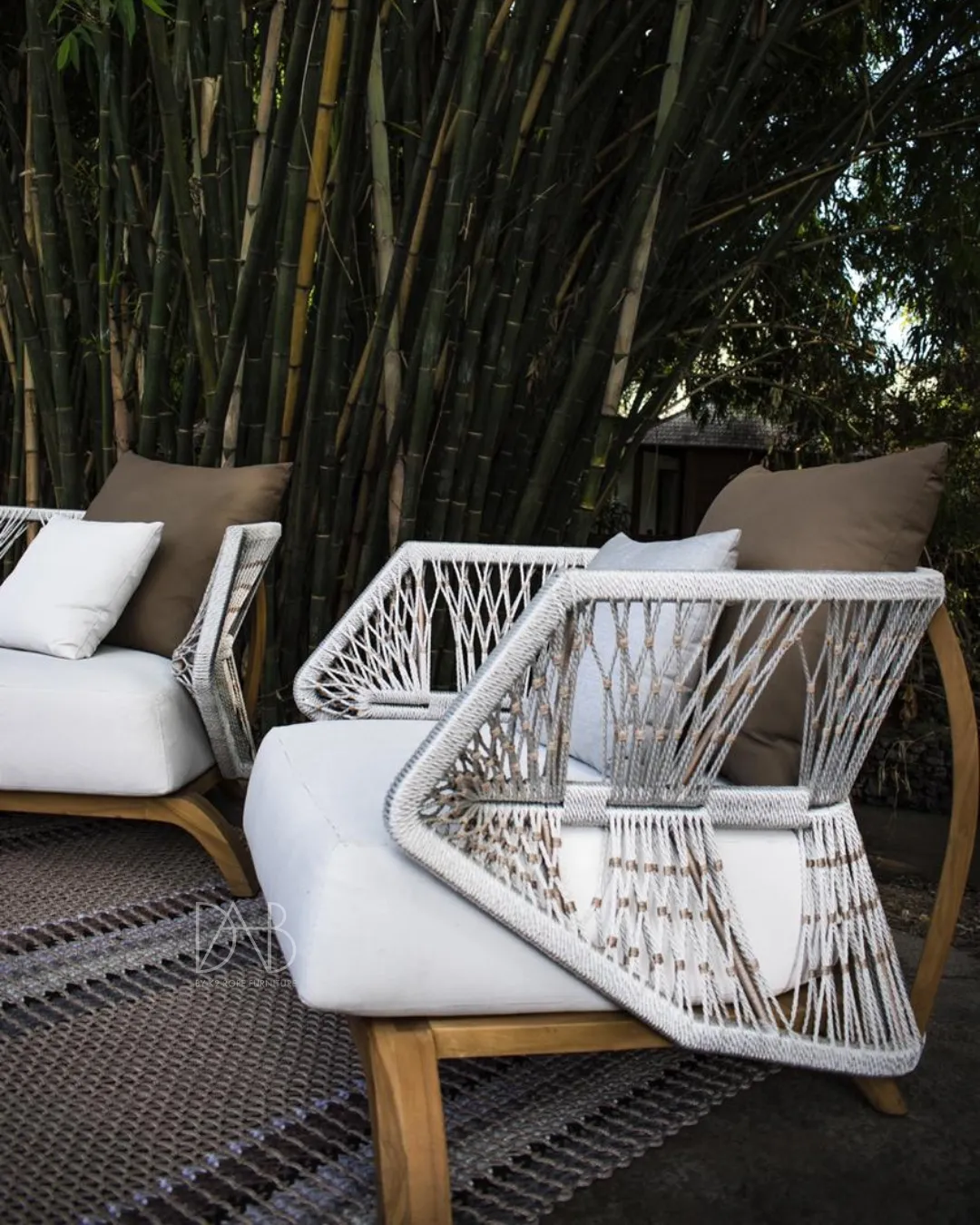How to Select the Perfect Rope for Chair Weaving Craft
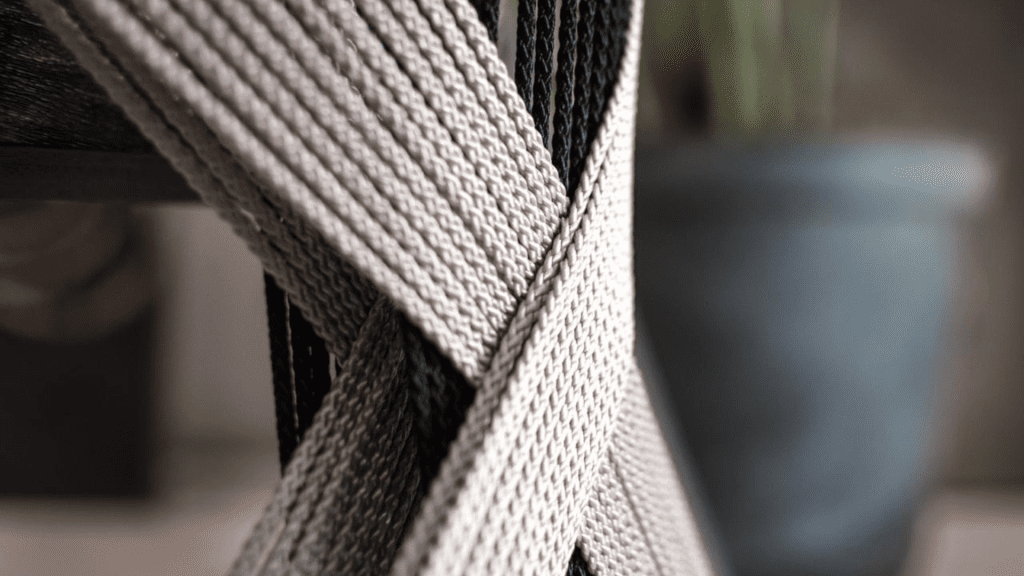
Chair weaving is an art form that turns ordinary chairs into stunning, practical pieces of furniture. When starting a chair weaving project, one of the most important considerations you’ll make is choosing the correct rope.
The right rope can improve the strength, comfort, and appearance of your chair. This article will show you how to select the best rope for chair weaving, ensuring that your craftwork lasts.
Understanding the Basics of Chair Weaving
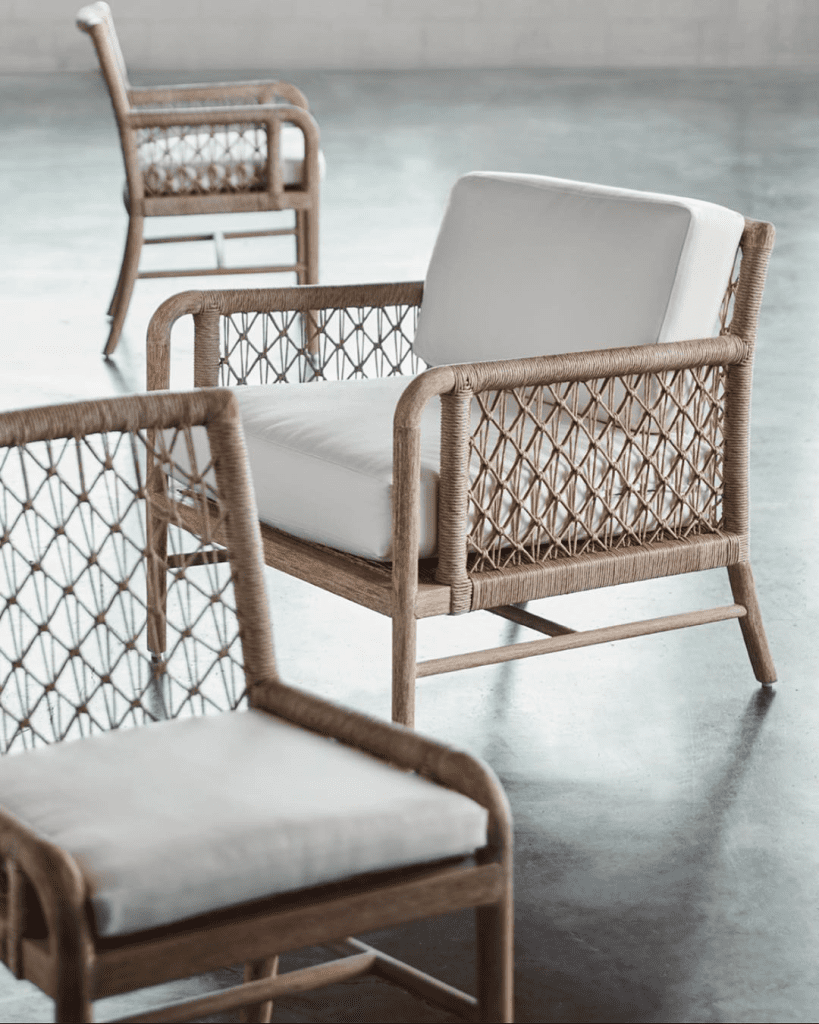
Before entering into the choosing process, it is critical to understand the fundamentals of chair weaving. Chair weaving is interlacing rope or other materials to provide a sturdy and beautiful seat or backrest.
This craft uses a variety of techniques, including traditional caning, rush weaving, and modern paracord weaving. Each technique may require a different type of rope, thus it is critical to understand your project’s exact requirements.
Types of Ropes for Chair Weaving
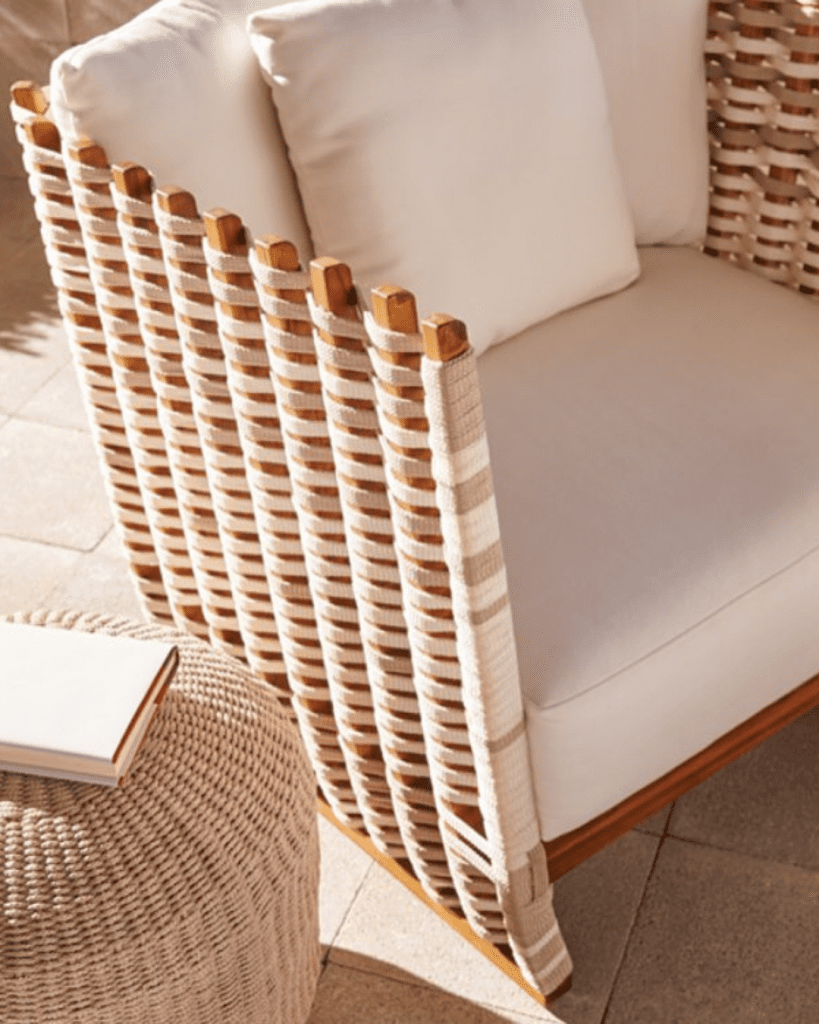
Choosing the correct rope for chair weaving requires consideration of various criteria, including material, thickness, durability, and attractiveness. The following are the most prevalent types of ropes used in chair weaving:
Natural Fiber Ropes.
Natural fiber ropes are popular due to their classic appearance and environmental friendliness. The most popular natural fibers used in chair weaving are:
- Cotton Rope: Soft and comfy, easy to work with, and available in a variety of colors. However, it may be less durable than other materials, making it unsuitable for heavy-duty furniture.
- Hemp Rope: known for its tenacity and durability, is an excellent material for rustic or vintage-style furniture. It’s also biodegradable and eco-friendly.
- Jute Rope: Like hemp, jute rope has a natural, earthy appearance. It is durable, but it can be harsh to the touch, making it unsuitable for seating areas that demand comfort.
Synthetic Fiber Ropes
Synthetic ropes offer greater durability and resistance to the elements, making them suitable for both indoor and outdoor furniture. Common synthetic ropes include:
- Polypropylene Rope: Lightweight and resistant to moisture and mildew, polypropylene rope is ideal for outdoor furniture. It’s available in various colors and can mimic the look of natural fibers.
- Nylon Rope: Known for its strength and elasticity, nylon rope is a versatile choice for chair weaving. It’s durable and resistant to abrasion, but prolonged exposure to sunlight can cause it to degrade.
- Polyester Rope: Combining the best properties of polypropylene and nylon, polyester rope is strong, durable, and UV-resistant. It maintains its shape well and is available in many colors.
Specialty Ropes
For unique or modern chair designs, you might consider specialty ropes such as:
- Paracord: Originally used in parachute lines, paracord is incredibly strong and comes in a wide range of colors and patterns. It’s an excellent choice for contemporary or colorful designs.
- Manila Rope: Made from the fibers of the abaca plant, manila rope is strong and durable with a classic, rugged look. It’s often used in nautical-themed furniture.
Factors to Consider When Choosing Rope for Chair Weaving
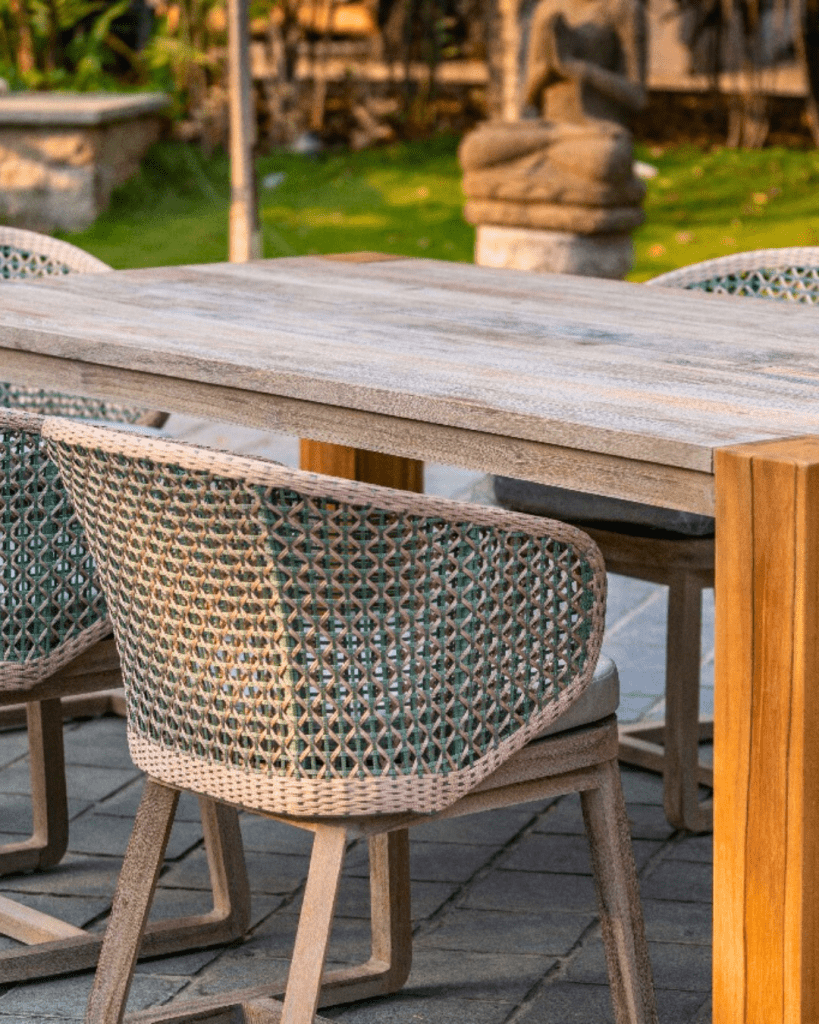
When choosing the best rope for chair weaving, keep the following aspects in mind to guarantee that your project satisfies your durability, comfort, and aesthetic standards.
Durability
The durability of the rope is critical, especially if the chair will be used regularly or placed outside. Synthetic ropes such as polypropylene, nylon, and polyester are great candidates due to their resilience to wear, moisture, and UV radiation. Natural fibers, while visually appealing, may not provide the same level of durability and may necessitate additional upkeep.
Comfort
Comfort is vital, especially in seating areas. Softer ropes, such as cotton, provide a more comfortable sitting experience but may wear out more quickly. If you’re using a rougher rope, such as jute or hemp, think about weaving techniques with cushioning or utilizing padding underneath.
Aesthetic Appeal
The visual appeal of the rope can significantly influence the overall appearance of the chair. Natural fibers provide a timeless, classic appearance that is ideal for rustic or historical themes. Synthetic ropes offer additional color options and allow for the creation of striking, modern designs. Select a rope that matches the style of the chair and the surrounding surroundings.
Ease of Weaving
Certain ropes are easier to weave than others. Cotton and synthetic ropes are more malleable and simpler to handle, making them excellent for novices. Ropes like manila or jute can be tougher and more difficult to work with, necessitating greater skill and patience.
Environmental Impact
For eco-conscious craftsmen, the environmental impact of the rope material is an important issue. Natural fibers like hemp, jute, and cotton are biodegradable and have a smaller environmental impact than synthetic alternatives. However, synthetic ropes frequently last longer and require fewer replacements, so offsetting the environmental impact over time.
Popular Chair Weaving Techniques
Different weaving techniques can effect the rope you use. Here are a few popular methods:
Caning
Caning is the process of weaving a seat from thin strips of cane, rattan, or synthetic materials. This technique requires flexibility and strength in the material, therefore cane, rattan, or synthetic caning are perfect.
Rush Weaving
Rush weaving creates a robust seat by twisting grasses, cattails, or paper fiber rush. Natural rush or paper fiber rush is often utilized, although synthetic rush is also available for a longer-lasting option.
Paracord Weaving
This current approach use paracord to make beautiful, multicolored motifs. Paracord is strong, flexible, and comes in a variety of colors, making it ideal for artistic patterns.
Shaker Tape Weaving
Shaker tape is a flat cotton or synthetic tape used in traditional Shaker furniture. It is woven in a crisscross pattern and available in a variety of colors, providing a comfortable and visually beautiful seat.
Step-by-Step Guide to Choosing Rope for Chair Weaving.
Here’s a simple step-by-step method to selecting the ideal rope for chair weaving project:
Step 1: Determine the style and purpose of the chair.
Consider the chair’s intended function and primary purpose. Is it for indoor or outdoor use? Will it be a decorative item or heavily used furniture? This will help you choose between natural and synthetic ropes.
Step 2: Select the Right Material.
Choose the material that is suited for the chair’s purpose and style. Natural fibers such as hemp or jute may be suitable for vintage-style indoor chairs. For outdoor or modern designs, synthetic ropes like as polypropylene or paracord are preferable.
Step 3: Consider the Thickness.
Thicker ropes offer greater endurance and stability, but they might be more difficult to weave. Thinner ropes provide greater flexibility and elaborate designs, but they may not be as sturdy. Balance the thickness with the chair’s design and practical requirements.
Step 4: Check for comfort.
If feasible, test a short portion of the rope to confirm it is suitable for seating. This is especially relevant for chairs that will be used regularly.
Step 5: Evaluate Durability
Examine the rope’s durability, specifically its resistance to moisture, UV radiation, and wear. Choose a rope strong enough to endure the chair’s intended use and climate.
Step 6: Choose the color and finish.
Select a color and finish that complements both the chair’s style and your overall dcor. Natural fibers create a rustic appearance, but synthetic ropes offer brilliant color options.
Step 7: Purchase and prepare the rope.
Once you’ve found the appropriate rope, buy enough to finish your job. Prepare the rope by cutting it to the appropriate lengths and securing the ends to avoid fraying.
Learn the Ideal Rope for Chair Weaving
Choosing the ideal rope for chair weaving requires a thorough consideration of durability, comfort, aesthetics, and ease of usage. You may construct beautiful, long-lasting rope furniture by taking into account the type of material, thickness, and special requirements of your project. Whether you’re a beginner or a seasoned weaver, the appropriate rope will help you take your chair weaving skills to new heights. Happy weaving!
Learning the ideal rope for chair weaving is great for your decoration experience, but choosing the right furniture is important as well.. When choosing rope furniture, visit DAB Furniture to explore the complete range of rope furniture collections and apply them to your living spaces.


